Best heart rate monitors 2024: top-rated reviewed and what to look for
Looking for the best heart rate monitors? We round up some of the best options out there on the market and explain what to look for

Sonny Evans
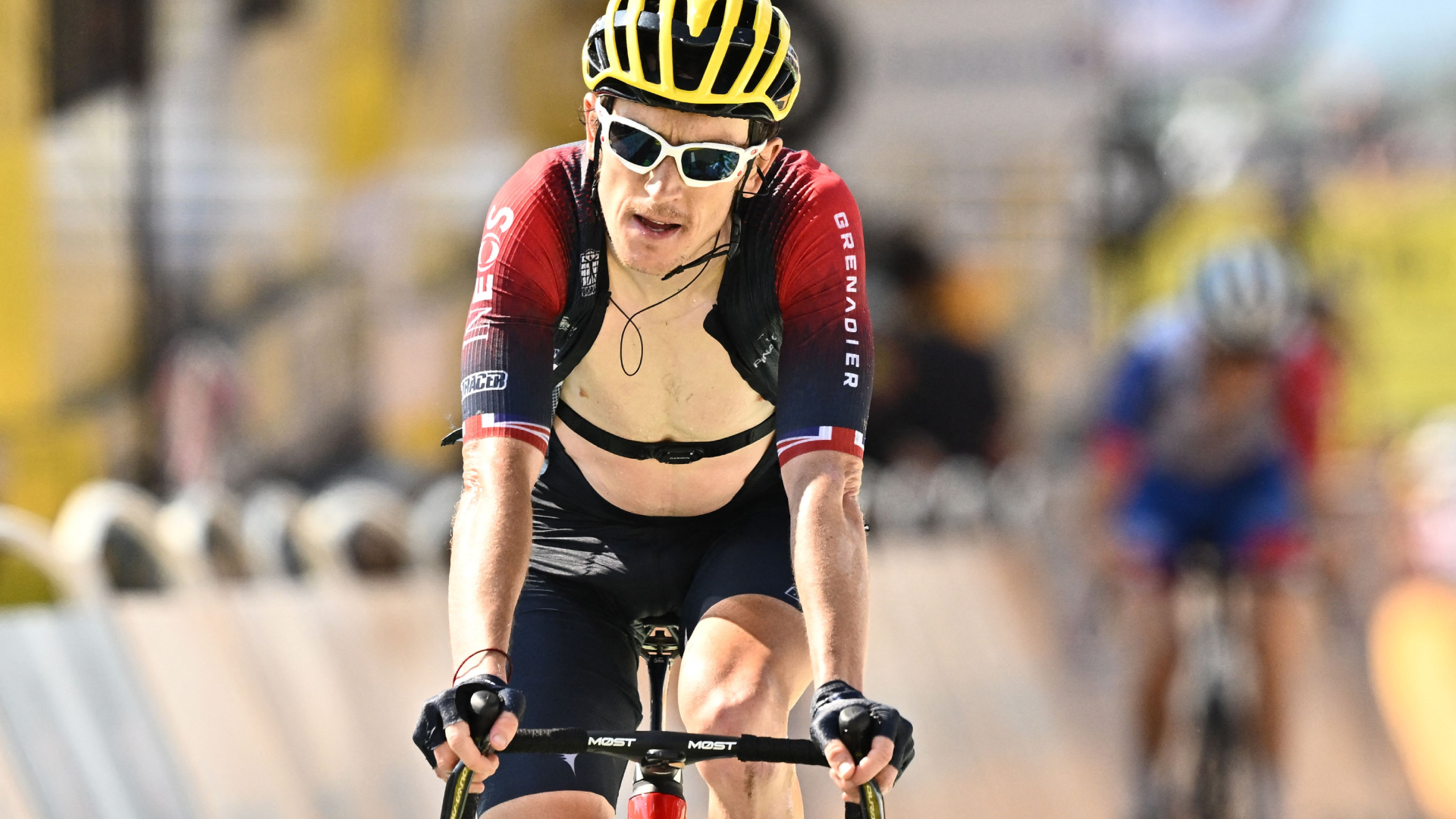
Heart rate monitors are indispensable for any cyclist who is serious about their fitness or cycling training plans. Heart rate monitors ensure that structured intervals are ridden at the correct intensity, to chart training volume and intensity over time, as well as indicating rest times.
Ultimately, the best heart rate monitor is the one that matches your individual training needs. But there's a multiplicity of factors to consider such as battery life, ergonomics and connectivity with one of the best bike computers, smartwatch or phone.
To simplify things, we've outlined the key considerations for choosing the best heart rate monitor, followed by our top recommendations across various price points based on our testing. Here's Cycling Weekly's picks for 2024's Best Heart Rate Monitors...
The Quick List
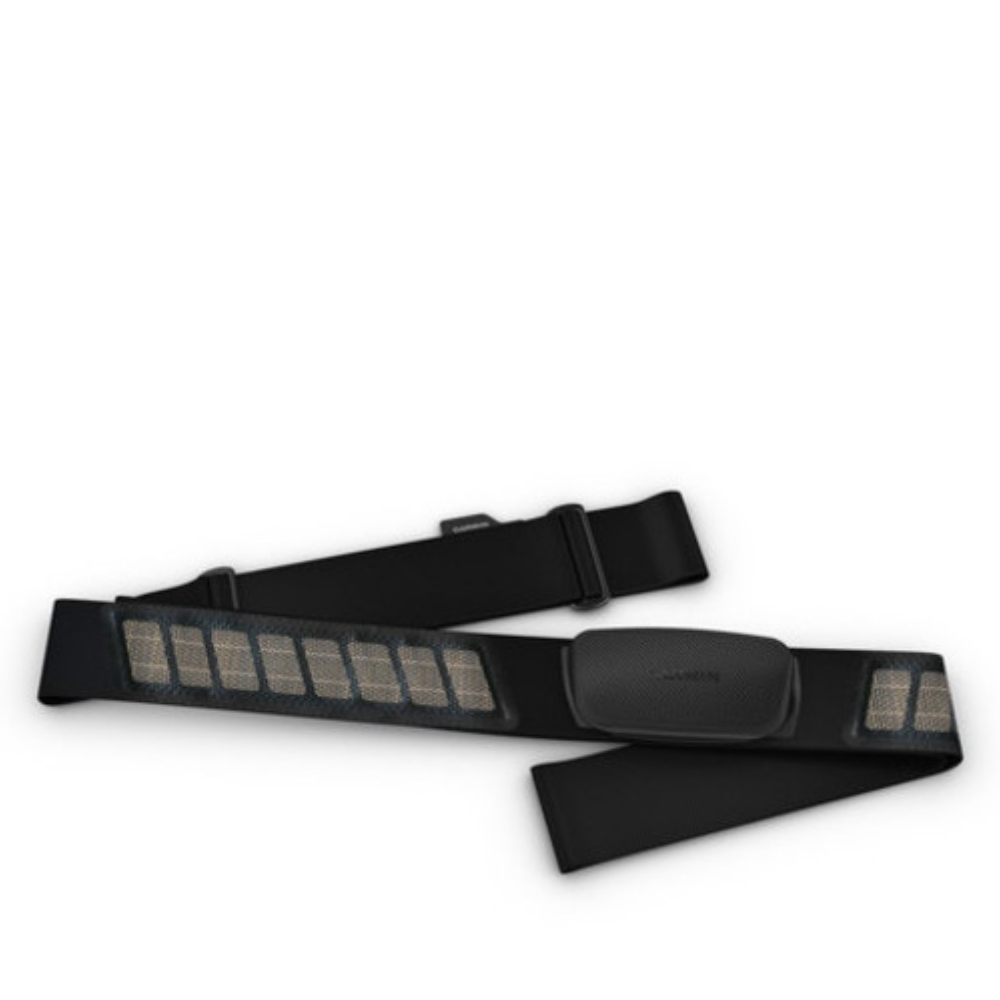
Reliable connectivity, long-lasting battery life and a washable strap make the HRM-Dual very easy to live with. Data seemed reliable and connecting it to head units via ANT+ or Bluetooth was straightforward.
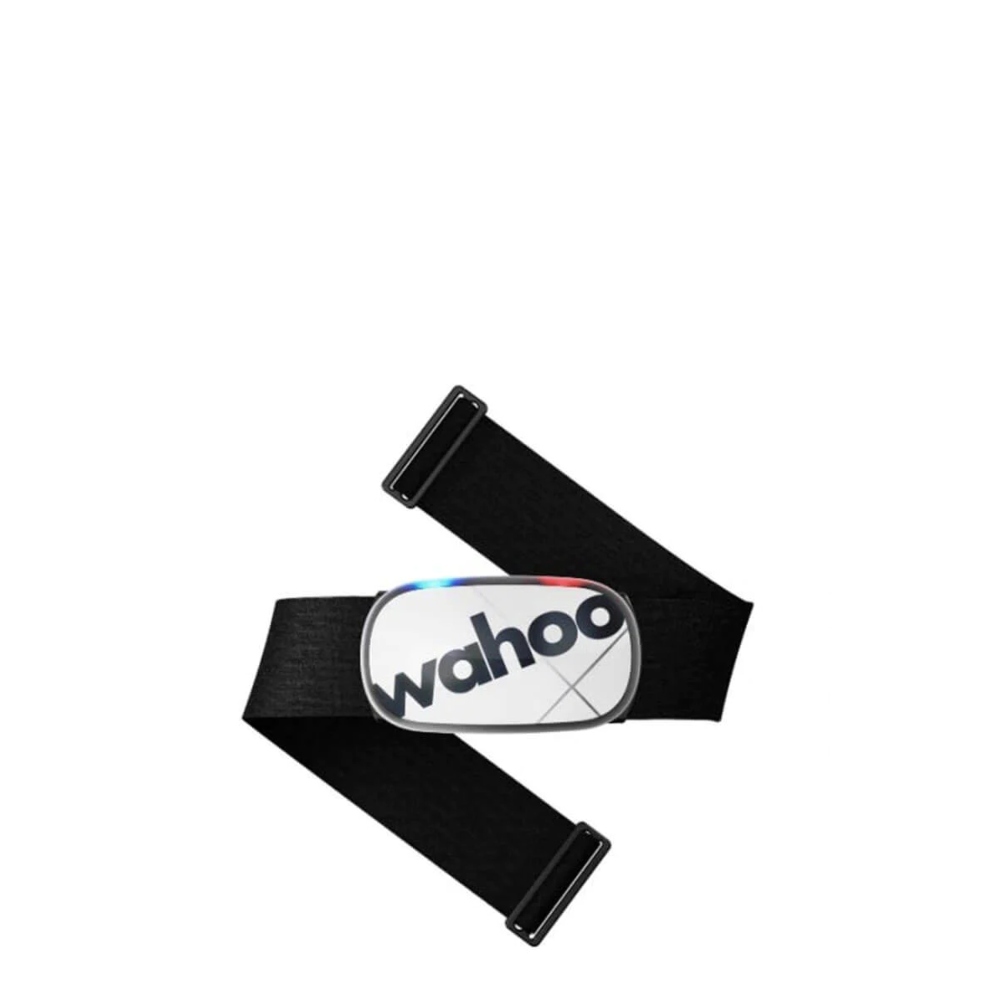
The Tickr X adds an internal memory to the usual chest strap features, so it can be used alone for activities where a head unit isn't convenient. Connectivity was straightforward when required and the washable strap was very comfortable during activities.
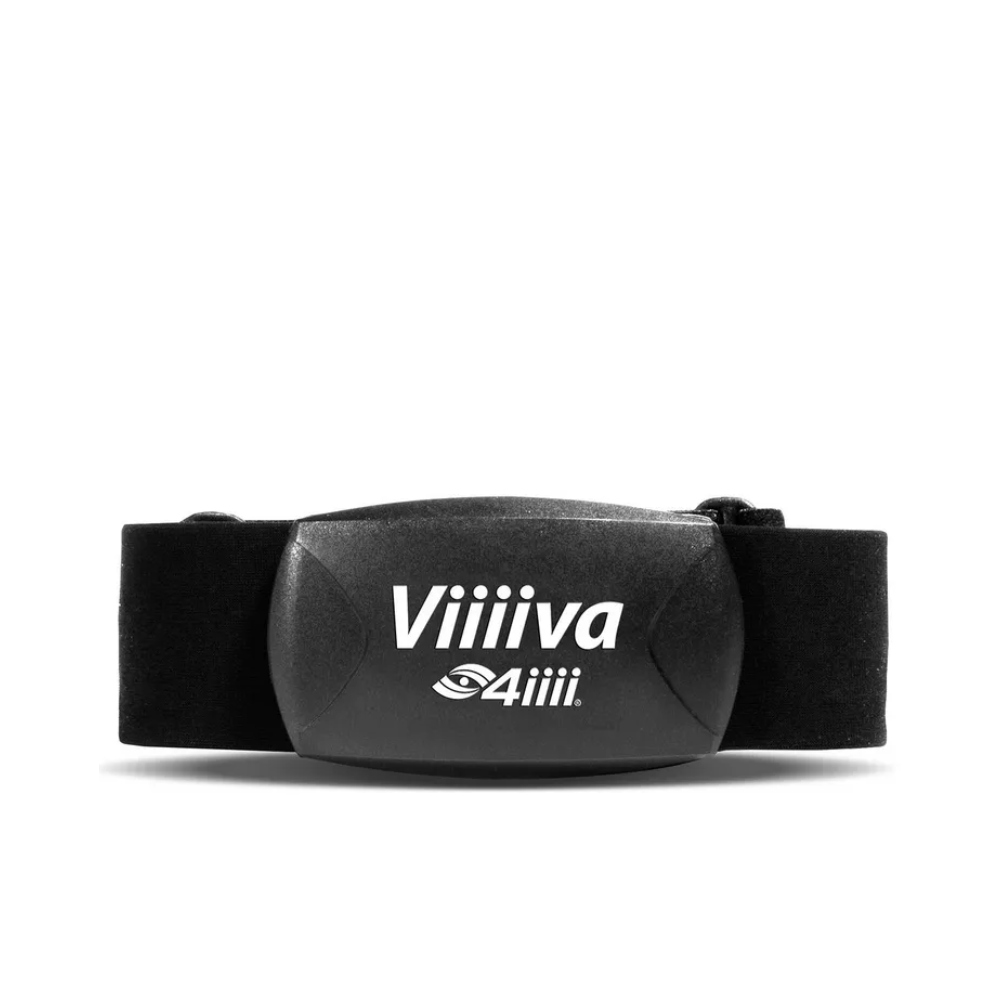
The Viiiiva's party piece is that it can act as a bridge between ANT+ and Bluetooth devices, making it very handy if you need that. It also has onboard memory for stand-alone use and proved reliable during testing, although the chest strap poppers might prove to be a weak point.
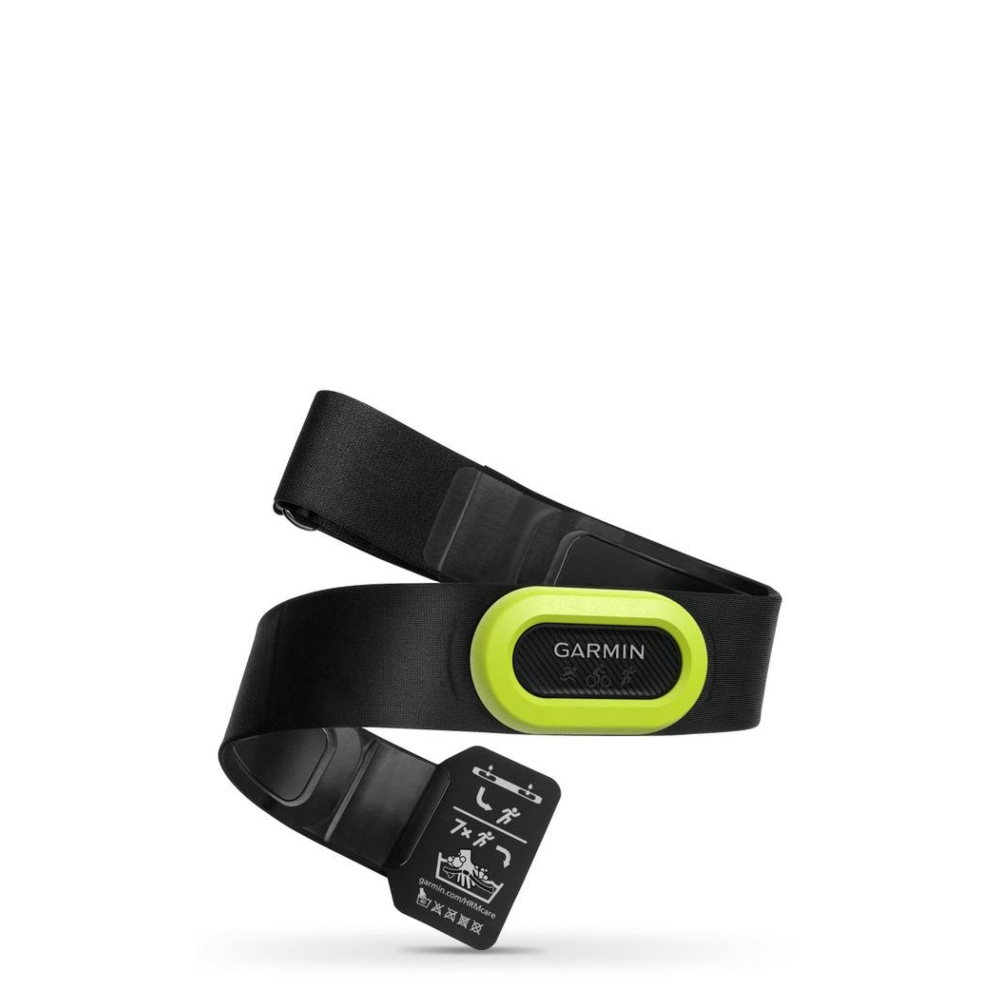
Garmin's HRM-Pro performed very well on test but was marked down as it is higher priced than the competition due to the extra features that it offers. However, if these features are of use to you then it is a very worthy option - other riders might be better served elsewhere though.
The best heart rate monitors for cycling
Best Reliability
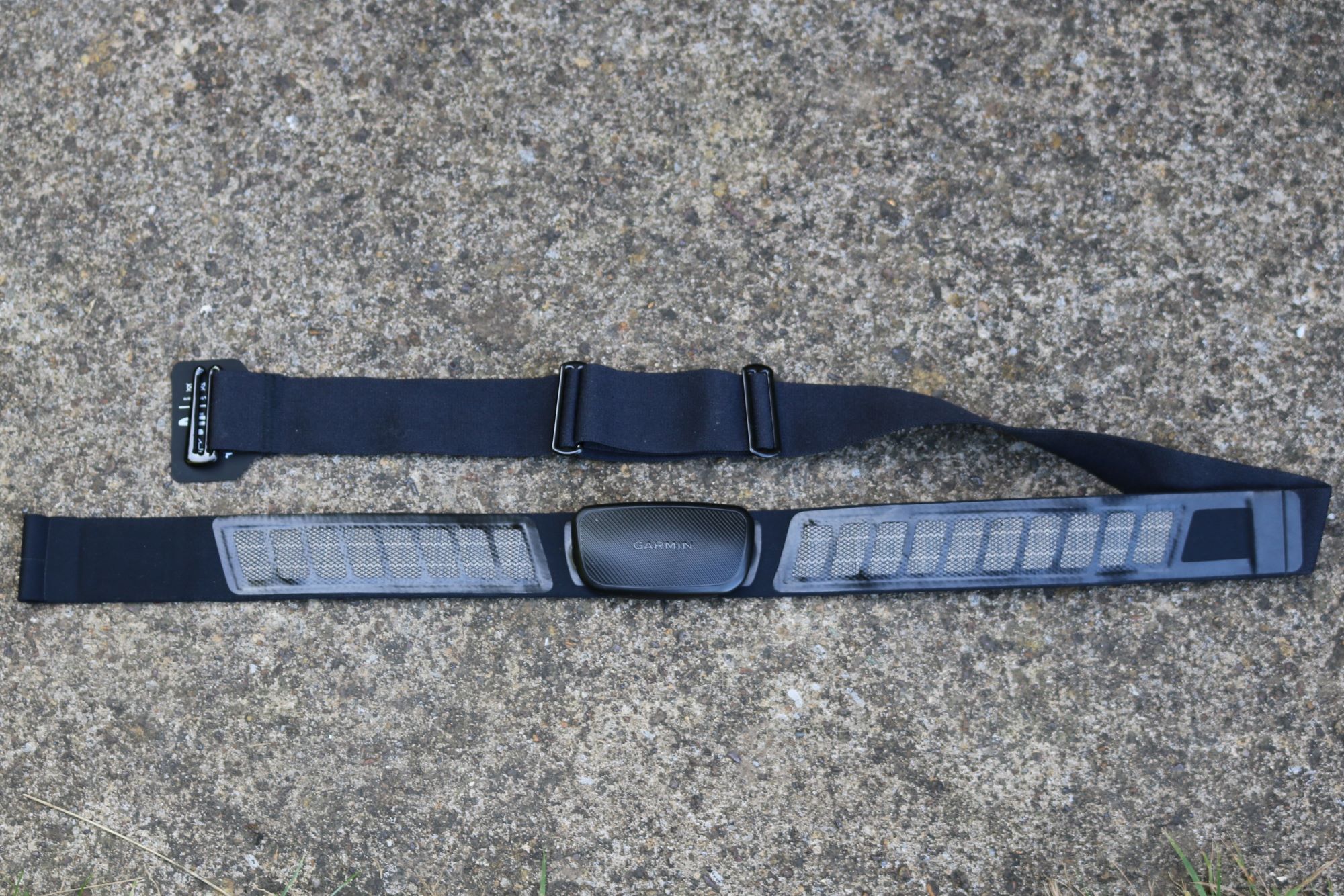
Specifications
Reasons to buy
Reasons to avoid
In the cycling world, Garmin needs no introduction. The brand's has made the list for our best bike computers and taken one of our team bike packing across Morocco.
The Garmin HRM-Dual gets its name from its compatibility with Bluetooth as well as ANT+, and transmits over a 3m range. While dual connectivity is practically the standard for every HRM these days, we had zero issues with connectivity or reliability.
As with Garmin's premium HRM-Pro heart rate monitor the unit takes a CR2032 battery that can be replaced by the user - although this needs a screwdriver rather than using the side of a coin, it only needs to be done roughly every 3.5 years.
The monitor comes fitted to an adjustable strap, with a length range of 63.5cm to 132cm, so this should provide a secure, close fit for the majority of riders. It hooks up on the side of your chest.
As you are likely to get hot and sweaty while wearing a heart rate monitor, it'll come as a relief that the strap on the HRM-Dual is also easily detachable from the electronics and is washable.
Read more: Garmin HRM Dual review
Best Multisport
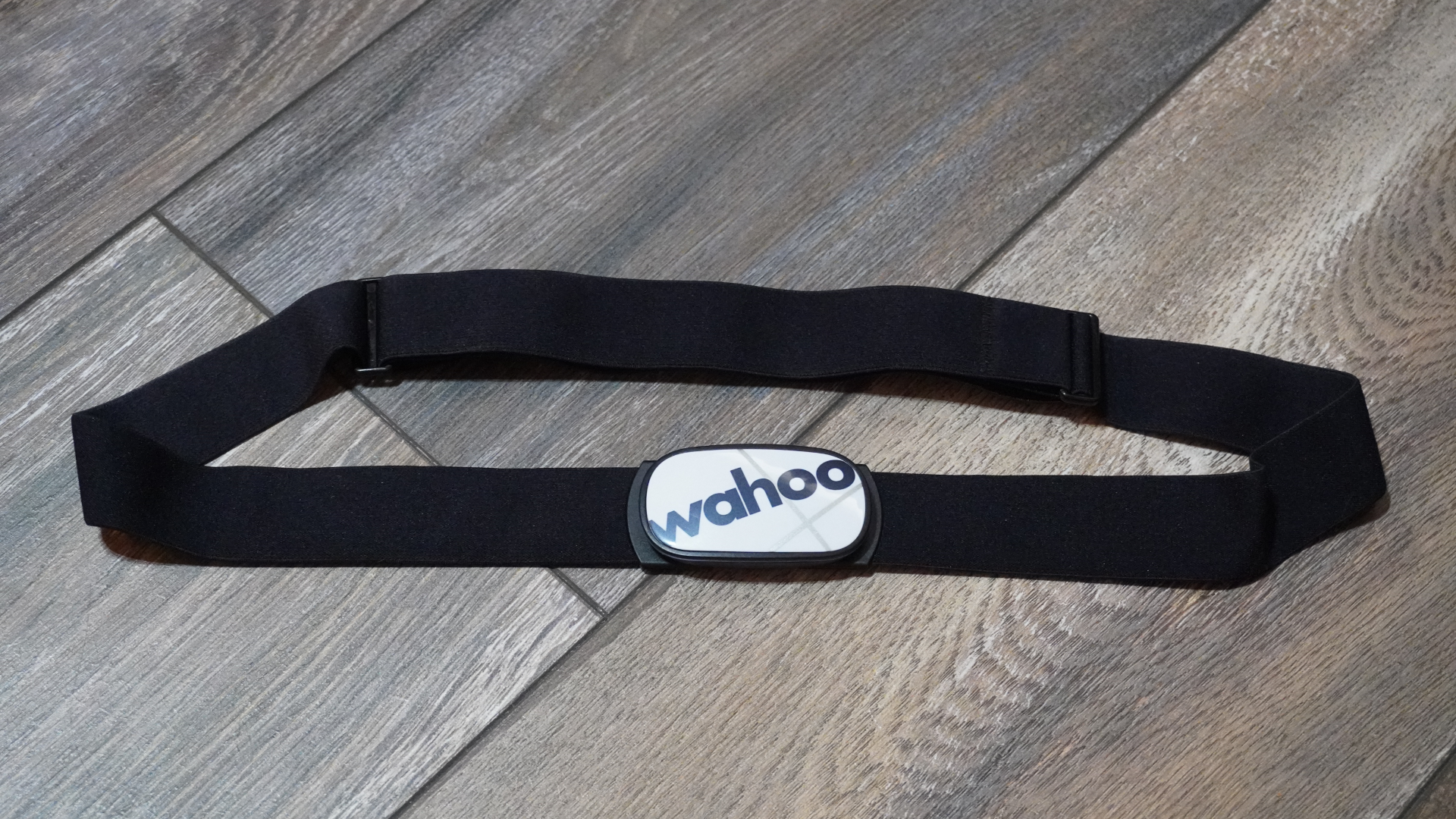
Wahoo's Tickr X is aimed at multi-sport use
Specifications
Reasons to buy
Reasons to avoid
There are two chest strap heart rate monitors in Wahoo's lineup: the Tickr and Tickr X.
It was the Tickr X that we had on test here. In addition to tracking your heart rate, this unit is also able to measure additional extra metrics, such as indoor cycling cadence and running analytics.
The TickrX hear rate monitor is also able to record all this data itself, so I was able to just chuck it on and complete my workouts without thinking about – or connecting to – anything else. All my data was then simply just one quick sync away.
Admittedly, this function was only really useful when cross-training with running, bouldering and yoga – and shorter rides at HR zone 2 or below. For longer rides and high-intensity sessions, I'd be connecting it up to a head unit anyway – either for the routing functionality or to track my power data.
Rather than having a separate hook in the strap to fix it around your body, the Tickr uses the poppers that connect to the electronic pod, which makes getting it on and off slightly easier and eliminates the possibility of irritation that a hook might cause (although I personally don't tend to have an issue with that).
It's a neat design feature – and the strap certainly is comfortable – however, with previous generation devices, I have had those poppers wear to the point of breaking before. That's not to say that this model will suffer the same fate (I haven't used it for the years+ required to find out) – and I've had other HRMs die in a similar period for other reasons – but it's still something that's worth bearing in mind.
Read more: Wahoo Tickr X full review
Best connectivity
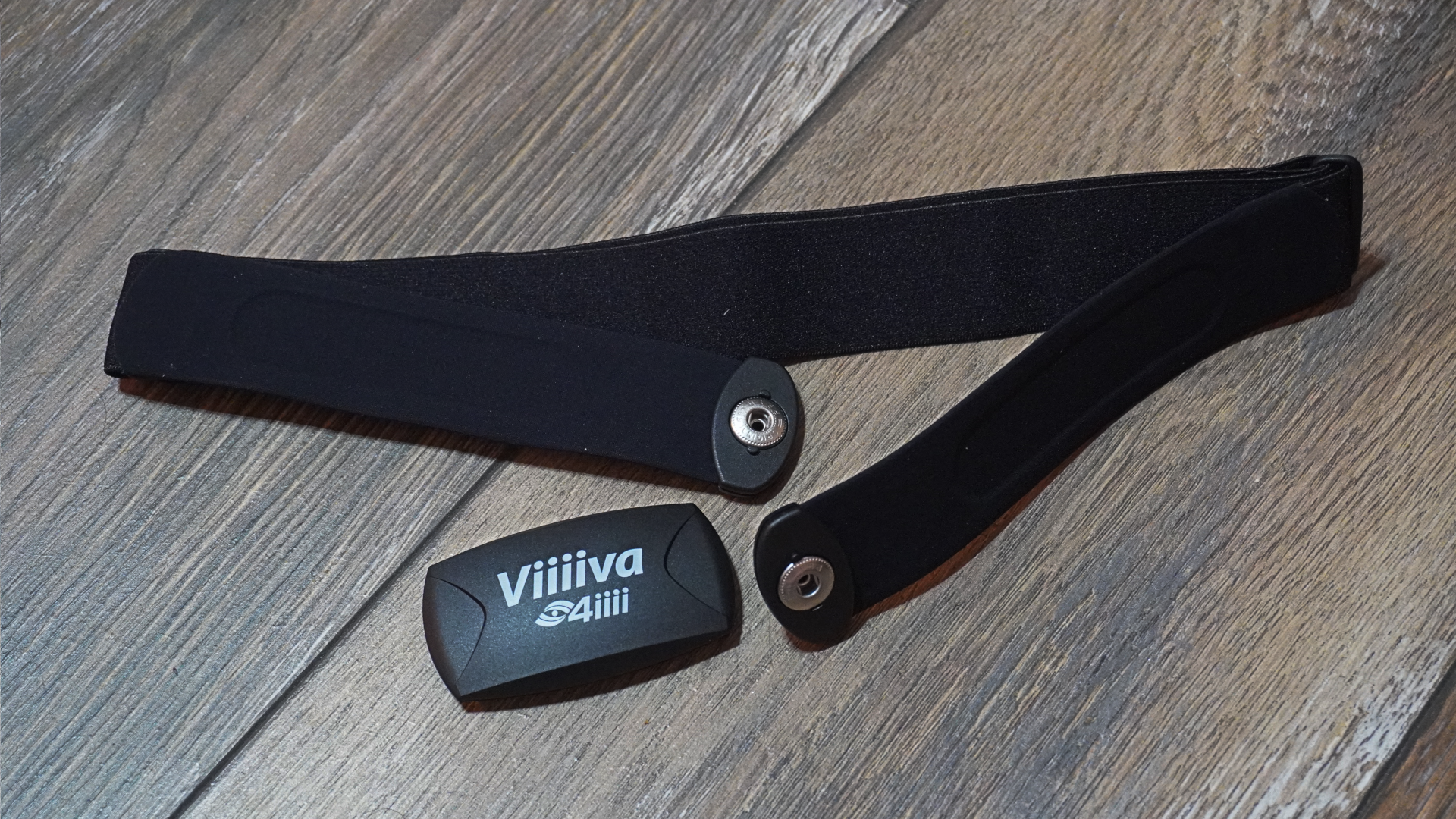
The Viiiiva can record up to 65 hours of data directly on to th device
3. 4iiii Viiiiva heart rate monitor
Our expert review:
Specifications
Reasons to buy
Reasons to avoid
4iiii might be best known for making some of the best power meters, but it also offers a line of heart rate monitors for this other mainstay of performance tracking.
Similar to other top-end heart rate monitors, such as those from Wahoo and Garmin, the Viiiiva is able to record up to 65 hours of data directly onto the device - so you don't need to pair up a device when cross-training in different sports.
Again similar to Wahoo, the Viiiiva forgoes a 'hook and loop' system of attachment in favour of using poppers. This means eliminates a potential source of irritation – and, sure enough, the Viiiiva does feel very comfortable – but it does introduce a potential point of failure, as poppers do wear faster than a simple hook. Still, I've had no troubles so far.
Where the Viiiiva does stand out from the crowd is that it can act as a 'data bridge', connecting with your ANT+ only devices and then transmitting that data to your phone, computer or other Bluetooth-only device. It's not a feature I found especially useful, as pretty much all my devices also transmit over Bluetooth – but if that's not your situation, then this does stand to be an incredibly helpful feature.
The battery life isn't as long as the Wahoo Tickr X, though, and it doesn't have the same range of extra tracking features. So, although the Viiiiva has proved a robust, reliable and reasonably priced unit itself, unless you really need the bridge function or have found it on a very good discount, you might be better off going for the Wahoo Tickr X instead.
Best premium
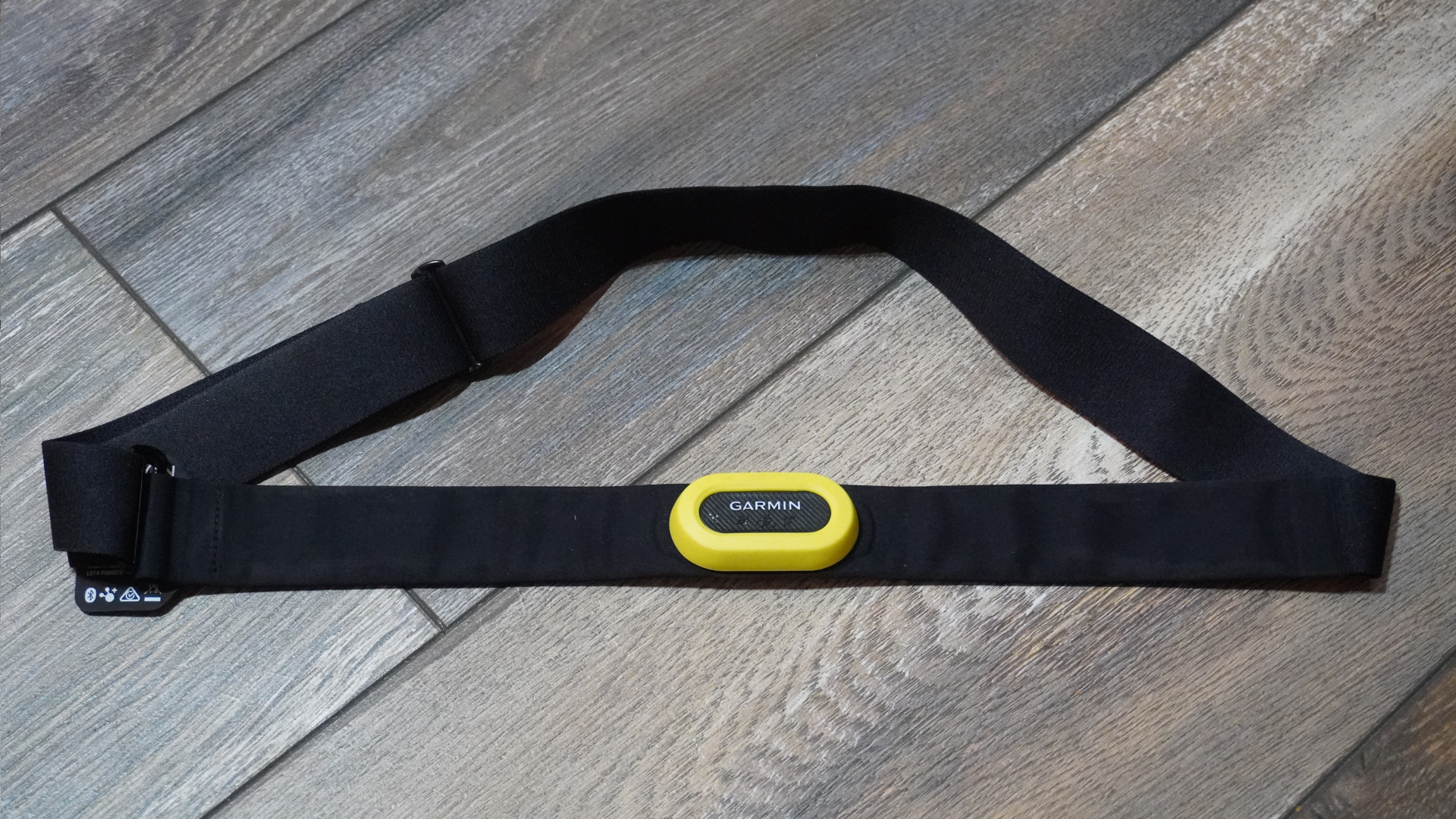
Garmin's HRM Pro is waterproof, making it suitable not just for cycling but also swimming
Specifications
Reasons to buy
Reasons to avoid
Garmin Edge cycling computers are some of the most widely used, with even the most basic models providing heart rate data. The HRM-Pro is Garmin's pinnacle heart rate monitor, rolling all of its sport-specific models into one, as well as linking to Garmin Connect IQ, making it compatible with a large range of, currently free, data-specific tracking apps on the Garmin Connect website, Garmin's equivalent of Strava.
It delivers all your heart rate data needs and adds other functionality like counting steps and analysing gait as you run. It can store data when it's not possible to use a wearable and then automatically download, which is useful for swimming and running, but less so for all except track cycling, as you'll usually have a bike computer with you when riding. Either way, we found data recording reliable and seemingly accurate.
Like the HRM-Dual, see below, the Pro also uses ANT+ and Bluetooth transmission, meaning it's perfect for indoor and outdoor use, as well as at the gym.
The Garmin HRM-Pro takes a standard CR2032 battery, which going on our experience should last about a year. You can check the battery status over Garmin Connect. But it's twice the price of the HRM-Dual, so if you're just interested in cycling stats you're paying a premium for features you don't need.
Read more: Garmin HRM Pro review
Information
What is a heart rate monitor?
Your heart is your body's blood delivery agent: it pumps oxygenated blood full of nutrients to your limbs, and when you exercise it has to work harder and faster to meet the needs of the body.
A heart rate monitor measures how fast your heart is beating in BPM: beats per minute, and provides an insight into how hard your body is working. That's usually partitioned into heart rate training zones, letting you analyse the different ways in which your exercise is improving your cardiovascular fitness.
How can cyclists use heart rate monitors?
The most common use for a heart rate monitor is to record intervals. Interval training means riding short efforts at high intensity, interspersed with rest intervals of easy pedalling. In time, this forces the body to adapt so that the intensity can be held for longer or can be increased.
Intervals can be ridden based on RPE (rate of perceived exertion), power (which measures the actual output of the body in watts) or heart rate (which measures the effect that the effort has on the body).
In an ideal world, power and heart rate are combined to show how much stress is required for the body to produce a given output - but the best power meters are expensive and heart rate monitors allow a rider to know that they're riding the efforts hard enough and the recoveries easy enough.
The intensity required during each interval will vary depending upon its length, but will usually be expressed in a 'zone' which is based on a calculation of the rider's max or threshold heart rate. So when training with a heart rate monitor, the rider just needs to know what BPM they need to hold for each interval to have the best chance at completing the training correctly.
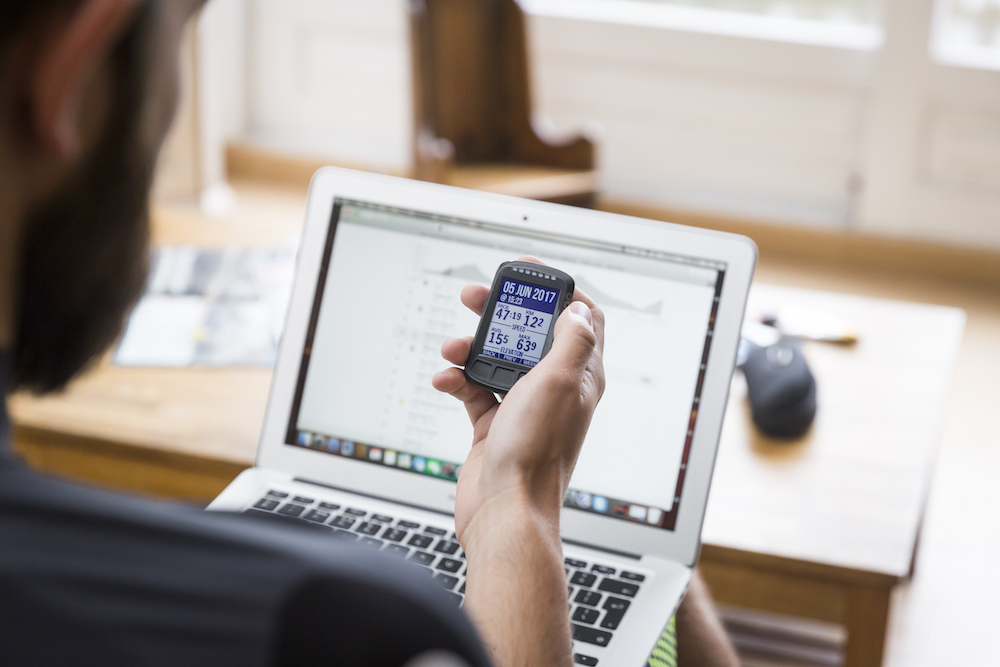
Using heart rate data can help you better understand how your body is performing
Heart rate 'zones' are very individual. The baseline starting point for one rider might be a threshold heart rate of 180bpm whilst it could be 160bpm for another.
However, training forces the heart muscle to become stronger. A well-trained athlete will see their resting heart rate (which is usually measured in the morning on waking up) drop, so tracking this can show your fitness improvements during the year.
Not only that, your resting heart rate often increases during periods of overtraining, or when you're sick. An increased resting heart rate is therefore a red flag which can indicate it's time to take a few days off training.
What types of heart rate monitors are available?
Essentially, there's two types of heart rate monitors.
Electrical-detection devices only monitor your 'true' heart rate by monitoring the electrical activity of your heart itself.
Whereas optical detection devices just detect your pulse rate and are usually worn on the wrist or arm.
How do heart rate monitors connect to devices?
Heart rate monitors typically connect to devices via Bluetooth or ANT+. This allows them to sync with cycling computers, smartwatches, or smartphones for real-time data tracking and analysis.
What's the difference between Bluetooth Smart and ANT+ ?
Bluetooth Smart and ANT+ are common wireless protocols in cycling technology and most heart rate monitors support both.
Compared to ANT+, Bluetooth operates at a higher bitrate to ANT+. This is great for audio streaming but it does have a higher power consumption which has obvious drawbacks for cycling, especially those training for long-duration rides and endurance.
The advantage of ANT+ is that it's much more power efficient and therefore an excellent choice for longer cycling sessions. Plus, ANT+ can be picked up by multiple devices. In theory, you could connect your heart rate monitor to your cycling computer and smartphone simultaneously.
Fun fact: ANT+ is actually owned by Garmin.
How we test
When testing these heart rate monitors, the Cycling Weekly testers considered functionality, comfort and connectivity, but most important of all was reliable accuracy - you can't effectively base a training program or ride effort on inaccurate data.
The latest race content, interviews, features, reviews and expert buying guides, direct to your inbox!

After winning the 2019 National Single-Speed Cross-Country Mountain Biking Championships and claiming the plushie unicorn (true story), Stefan swapped the flat-bars for drop-bars and has never looked back.
Since then, he’s earnt his 2ⁿᵈ cat racing licence in his first season racing as a third, completed the South Downs Double in under 20 hours and Everested in under 12.
But his favourite rides are multiday bikepacking trips, with all the huge amount of cycling tech and long days spent exploring new roads and trails - as well as histories and cultures. Most recently, he’s spent two weeks riding from Budapest into the mountains of Slovakia.
Height: 177cm
Weight: 67–69kg
- Sonny EvansWriter